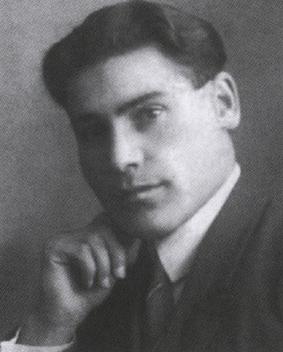After their defeat at the hands of the heroic Armenian forces in the battles of May 1918, the second unit of the Ottoman forces headed towards Baku via Jajur-Hamamlu-Gharakilise-Dilijan-Ghazakh-Elizavetpol.
The Ottoman cooperation with the government of the newly independent Republic of Azerbaijan, led by Prime Minister Fatali Khan Khoyski, became more obvious when on May 27, 1918, Nuri Pasha, the main commander of the Ottoman army in the Caucasus and brother of Enver Pasha, arrived from Mosul in Elizavetpol (Gandzak), which had become the temporary capital of Azerbaijan with the name of Ganja.
A plan to massacre the Armenians of the provinces of Nukhi, Aresh, Shamakh, and Baku was prepared at a secret meeting of the government of Azerbaijan and the leaders of the ruling right-wing Musavat Party. Before the massacres, a secret order sent by Behbut Khan Jivanshir, Azerbaijani Interior Minister, to the mayors of Nukhi, Shamakh, and Baku, instructed: “It is necessary to exterminate the Armenians to achieve our goals crossing over their corpses. Do not spare anyone and execute faithfully the orders given to you.”
At the time, Baku was under the authority of the Bolsheviks led by Stepan Shahumian and the Armenian forces headed by Rostom (Stepan Zorian), one of the founders of the Armenian Revolutionary Federation. Despite the heroic Armenian defense, in September 1918 Khan Khoyski entered Baku with the support of Ottoman forces and carried out the massacre of 15,000 Armenians. Baku became the new capital of Azerbaijan. Khan Khoyski remained as prime minister until his resignation in March 1919. He was replaced by Nasib Bey Usubekkov, but continued in the cabinet as Minister of Foreign Affairs.
The independence of Azerbaijan lasted less than two years. In late April 1920, the Red Army invaded the country, which became a Soviet republic. The leadership fled and found refuge in various cities, including Tiflis and Constantinople.
In October 1919, in the Yerevanian Square—today called Tavisupleba or Freedom Square—of Tiflis, nineteen-year-old Aram Yerganian (1900-1934, in the picture), one of the avengers of the ARF, liquidated Azerbaijani War Minister Ghasimbekov and later Colonel Sarafov, who were among the responsible people for the massacres of Baku.
The 9th General Assembly of the ARF in Yerevan in the fall of 1919 passed a resolution to punish the criminals who had committed the Medz Yeghern in 1915-1917 and the massacres of the Armenians of Baku.
The main culprit for the massacre of Baku, Fatali Khan Khoysky, first prime minister of Azerbaijan, had escaped three attempts on his life. On June 19, 1920, on Golovinski Street (nowadays Rustaveli Avenue), in central Tiflis, nobody paid attention to the custodian who was yawning lazily. However, when Khan Khoyski appeared with his bodyguards, the custodian, who was actually Yerganian, transformed himself. He fired on Khan Khoyski, who fell dead, and two more bullets were enough to dispatch his bodyguards. Although Yerganian was wounded in the shootout, he was able to elude persecution and leave for Constantinople, where he would kill several Armenians who had helped write the lists of intellectuals arrested and deported on April 24, 1915. In 1922 Yerganian and Arshavir Shirakian would carry out the liquidation of two other criminals who planned and executed the Armenian Genocide, Behaeddin Shakir and Jemal Azmi.

